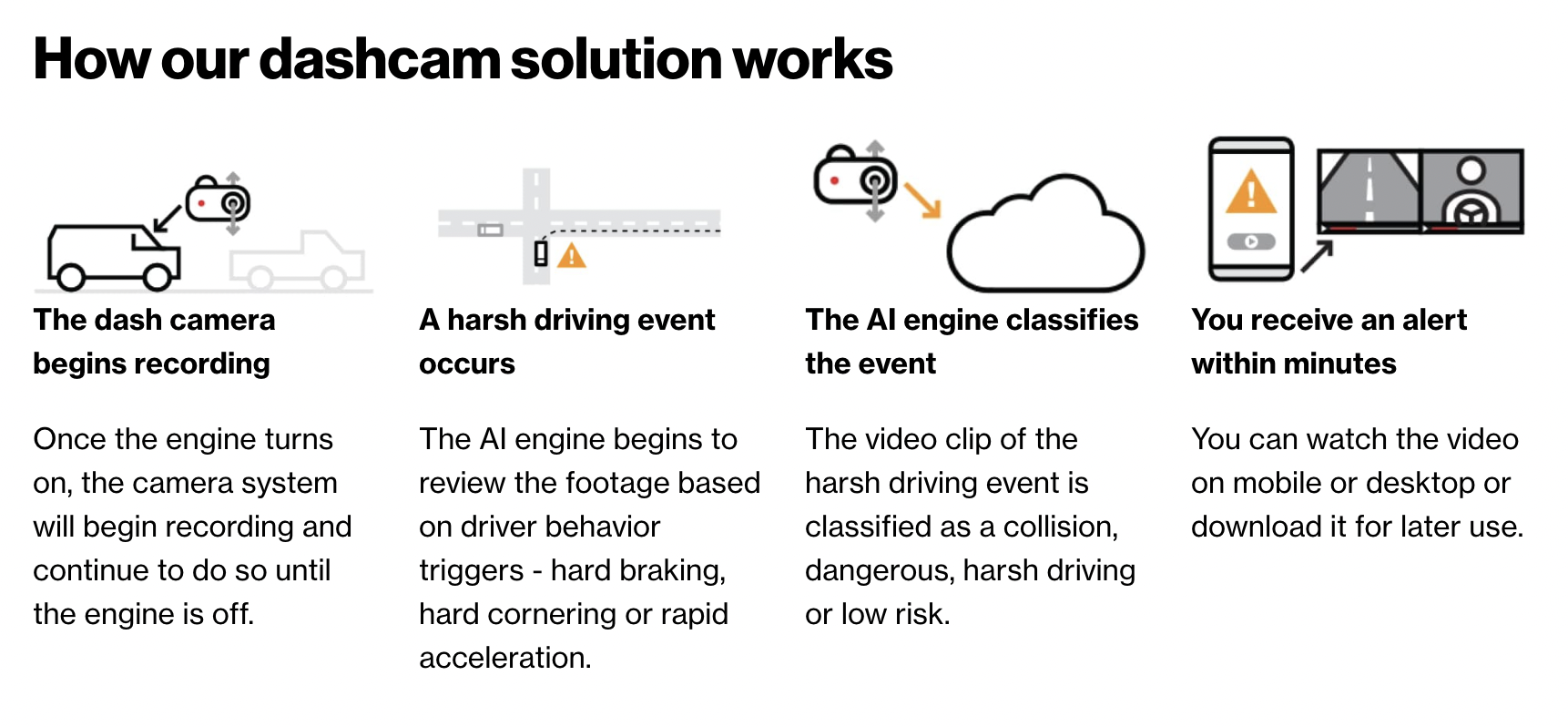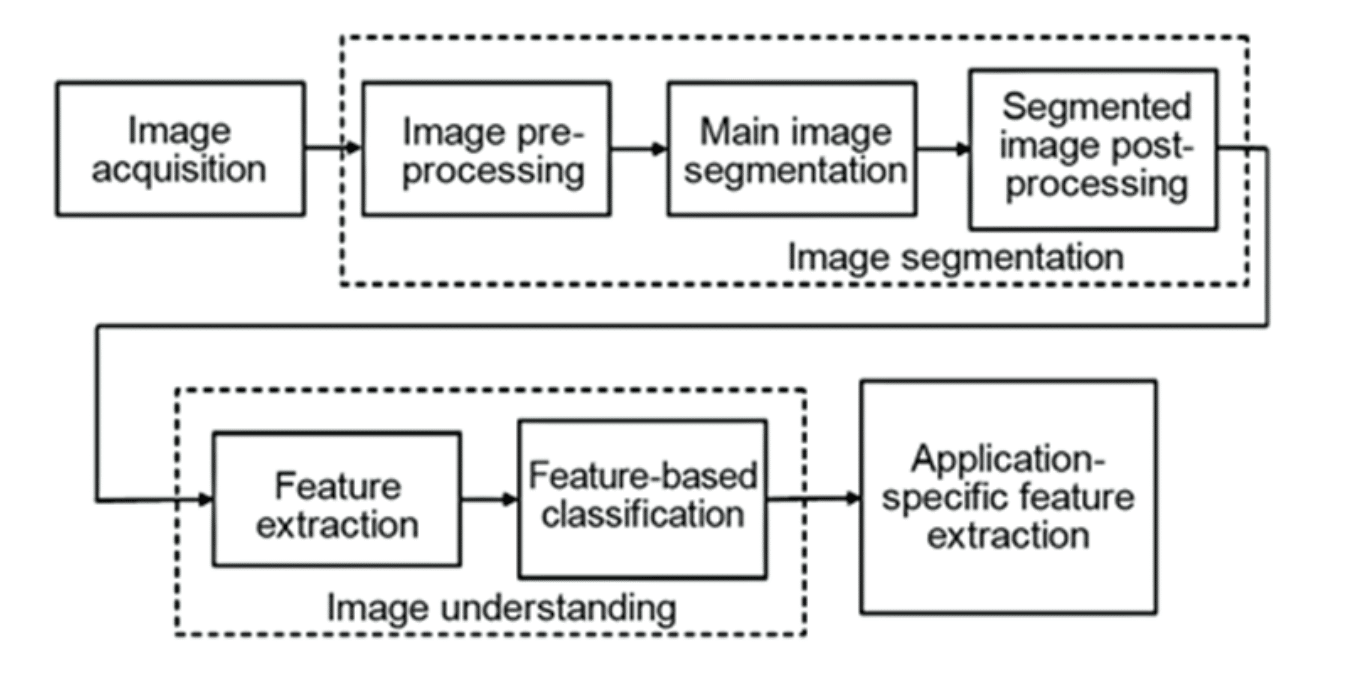
Verizon is the second-largest telecommunications company by revenue and the largest by market capitalization. The company is also the largest wireless provider in the United States with a reported 143 million subscriptions. In its 2021 annual report, the company reported revenues of $126.3 billion. Verizon is traded on the NYSE with a market cap of approximately $194.5 billion. The company employs over 118,000.
“AI is a big area of focus. NLP or computer vision, robotic process automation, cognitive decisioning … (Verizon has) work going on across every single one of those disciplines to see how we can leverage that to drive a competitive advantage.”
– Shankar Arumugavelu, Senior vice president and global CIO at Verizon
Verizon claims that it uses AI internally to optimize its decision-making and gain a competitive advantage. However, there exists scant information to verify such claims.
In this article, we’ll examine how Verizon has explored and used AI models for one of its enterprise products and how it uses AI internally for 5G network buildout and optimization.
- AI in Fleet Management – Verizon offers an integrated video solution that uses an AI engine to classify driving events according to severity.
- Using AI Models for Optimal Transmitter Placement – Verizon uses AI models to help determine the optimal functionality and placement of its 5G wireless transmitters.
We’ll begin by examining how Verizon has focused on the synergy of AI and machine learning to offer an enterprise solution for fleet management.
Use Case #1: AI for Fleet Management and Asset Protection
Fleet management is a critical component of logistics and supply chain management. Fleet managers are often tasked with monitoring company assets worth millions of dollars and ensuring cost-efficient, on-time delivery of products. Fleet management software (FMS) is a multi-purpose solution designed to accomplish this.
Verizon offers a hybrid software-hardware solution called Integrated Video, which the company claims can help enterprises with fleet management using AI and machine learning. The camera-AI integration’s purported benefits are near real-time tracking of adverse driver behavior (e.g., speeding, erratic driving, etc.), improved driver performance, and risk mitigation.
AI algorithms are used to classify videos based on sensor data. The data are gathered from a vehicle tracking device plugged into the vehicle’s OBD II or CAN-BUS port and analyzed using algorithms.
One of the purported features of Integrated Video is an “AI-based video analytics” engine that classifies events based on parameters specified by the customer. Verizon claims that the AI algorithms can “analyze every video” and categorize them by “event (or) severity level.” AI data is accessible via Verizon’s proprietary software (more on this soon.)
Verizon claims that the machine learning component of the system allows it to “continually refine its interpretation of data,” including driving behavior.
The hardware component is a proprietary two-camera system. Verizon claims that the cameras have the following features:
- 720p video
- 150-degree view
- Cloud storage
- Dual-view: driver and road
Here’s a diagram that shows the workflow:

Source: Verizon
The software component of the solution is Verizon’s proprietary telematics software called Reveal and Fleet for small to medium-sized and large enterprises, respectively. The software is installed onto the fleet manager’s computer and/or smartphone.
Below is a one and a half minute video demonstrating how Verizon’s Integrated Video works:
In one case study, Verizon and an enterprise customer claim that the company was able to “deflect false (insurance) claims” and save $200,000 on insurance premiums using their integrated video solution. In another case, Verizon and an enterprise customer claim a reduction in annual accidents by 87%.
Use Case #2: Using Computer Vision to Optimize Transmitter Placement and Network Performance
Verizon claims that it uses AI models to optimize its placement of 5G transmitters, also called “5G nodes.” “When we build out these networks, these are very capital intensive,” says Shankar Arumugavelu, Verizon’s CIO, “We have to make sure we are being very judicious of how we are investing our capital.”
To accomplish this, Verizon claims that it used internal AI models. According to an interview with the Wall Street Journal, Verizon started using AI models for this purpose back in 2018. “Without AI, we would not be able to do this, period,” says Arumugavelu.
Arumugavelu claims that Verizon uses deep learning in the form of computer vision to analyze geographic and spatial variables such as bridges, building heights, and trees. Computer vision uses digital images taken from cameras and applies a deep learning model to identify and classify objects. Algorithms that may be applied to these visual inputs include CNN and RNN.
Computer vision is broken down into two main processes: image segmentation and image analysis/understanding. Image segmentation divides an image into regions based on pixel characteristics, which identifies boundaries or objects. Image understanding uses the input from the segmentation processes and attempts to extract meaningful, actionable data.
Computer vision block-diagram

Other potential applications for computer vision include:
- Automotive driver assistance and traffic management
- Eye and head tracking
- Sports analysis
- Gesture recognition
- General-purpose vision systems
- Industrial automation and inspection for the food and agriculture, printing and textiles, and electronics industries
- Medical and biomedical imaging
Besides assisting Verizon with network placement, computer vision also helps Verizon optimize its network, claims Arumugavelu.
Unfortunately, no details are given as to how Verizon accomplishes network optimization. Moreover, our research was unable to uncover any facts regarding the AI model supposedly used by the organization to determine optimal transmitter placement.
Concerning tangible business outcomes potentially attributable to Verizon’s supposed network strategy, network reliability may be an indicative (if indirect) measure of such a strategy. In this respect, RootMetrics named Verizon as the 5G network “reliability leader” in 93 out of 125 markets tested and the most reliable 5G carrier overall. Also, J.D. Power names Verizon as having the best “network quality,” although 5G technology is not explicitly mentioned.







